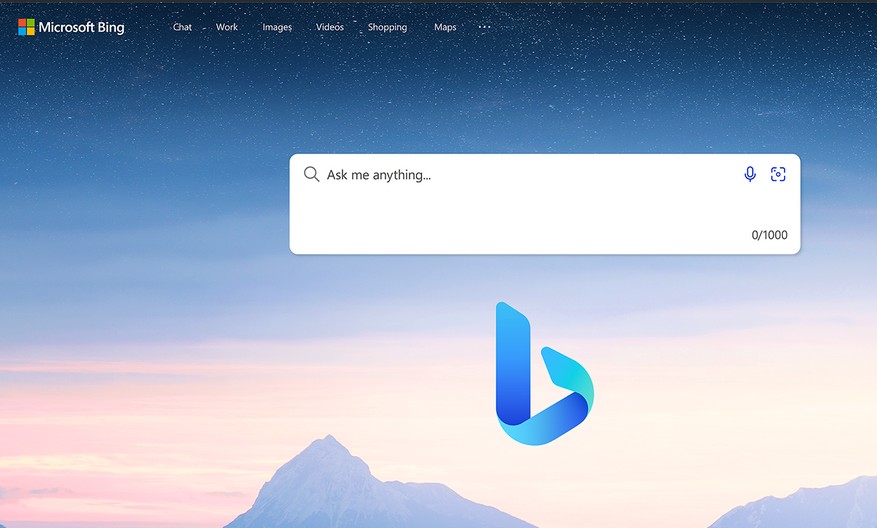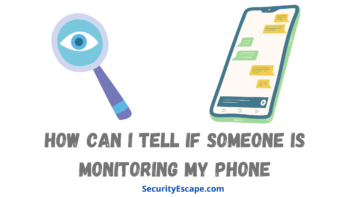Short answer: it’s possible, but uncommon. The real risk comes from clicking malicious results/ads or opening booby-trapped image files when your browser isn’t patched.
Before you start
- Keep Edge/Chrome/Firefox fully updated (patches close image-codec zero-days like WebP).
- Leave Microsoft Defender/SmartScreen on for real-time protection and site reputation checks.
- Avoid downloading “installers” from image pages; malvertising often impersonates popular apps.
How to stay safe using Bing Images
Step 1: Preview before you click
Use the image preview pane and check the source domain. Skip unknown, look-alike, or typo-squatted sites.
Step 2: Avoid “Download” buttons on image hosters
Many fake buttons lead to malware or adware installers. If you must save, use the browser’s context menu (Save image as) on a trusted source.
Step 3: Verify file type before saving
Legit images end in .jpg, .png, or .webp. Don’t download files ending in .exe, .msi, .bat, or double extensions like photo.jpg.exe.
Step 4: Keep your browser updated
Image-parsing bugs (e.g., CVE-2023-4863 in WebP) can enable drive-by code execution until patched. Update promptly.
Step 5: Let security tools scan downloads
Leave Defender real-time protection on; it blocks many payloads from malicious ads and redirects.
Step 6: Prefer official sites for software
If an image result points you to a “get the app” page, navigate to the vendor’s official site manually rather than trusting ads.
Why infections happen from image results
- Malvertising/poisoned results: Attackers buy ads or game results to push fake download pages.
- Image-codec vulnerabilities: Crafted images can exploit decoder bugs (e.g., WebP) in outdated browsers.
Tips for extra safety
- Turn on automatic browser updates and restart the browser daily.
- Be wary of “required codec/update” prompts from image pages—classic malware lure.
- If something downloads unexpectedly, delete it and run a scan in Defender.
FAQs
Can viewing a Bing thumbnail infect me?
Generally no. Risk rises when you visit the hosting site, download files, or when a fresh image-decoder zero-day exists and your browser isn’t patched.
Is the WebP bug still a problem?
It was patched in 2023. Keep your browser current to stay protected against similar image-codec flaws.
Are Bing ads risky?
Most are safe, but malvertising campaigns do occur. Favor organic results from known vendors or type the official site directly.
Do I need third-party antivirus?
Microsoft Defender plus a fully patched browser blocks many threats; use additional tools only if you need extra features.
Summary
- Preview and verify the source site.
- Don’t click fake “Download” buttons; save images only from trusted domains.
- Check extensions (.jpg/.png/.webp); avoid executables.
- Update your browser to patch image-codec bugs.
- Leave Defender/SmartScreen on.
Conclusion
Yes, you can get malware via Bing Images—usually by following a malicious link/advert or opening weaponized files with an unpatched browser. Stick to trusted sources, verify file types, and keep your browser and Defender up to date.



